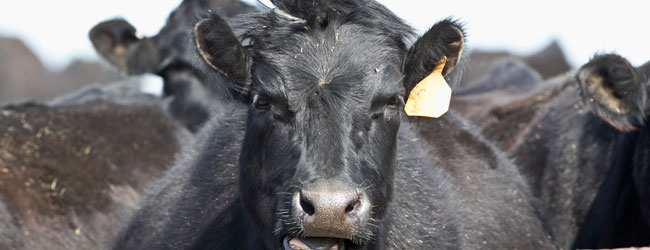Little did you know, Marquette is surrounded by a desert. No, there are no camels or sand. It’s far too chilly for that.
Rather, the United States Department of Agriculture says the neighborhoods located north and west of campus are food deserts.
Defined by the department as a low-income area with limited access to grocery stores or supermarkets, the food desert runs from North 12th Street on the east all the way to North 39th Street on the west. The defined northern border runs along Juneau Avenue before extending to West Vilet Street. The southern border starts at Wisconsin Avenue and 12th Street before stretching southwest down to the Menomonee River.
The residents of such areas have decreased access to healthy food, which leads to increased rates of health problems in those areas. The USDA released a national food desert map and accompanying data on Monday, said spokesman Vince Breneman.
In order to be considered a food desert, an area must have a poverty rate of 20 percent or higher, or a median family income at or below 80 percent of the area’s median family income, according to the USDA website. Areas are categorized by census tracts populated by 1,000 to 8,000 people.
Further, the region must also have 500 people, or one-third of the population, located more than one mile from a supermarket or large grocery store.
The data the USDA used is based on a 2009 Economic Research Service survey. The USDA’s information on grocery stores is from 2006.
The ERS survey, titled “Access to Affordable and Nutritious Food: Measuring and Understanding Food Deserts and Their Consequences,” was presented before Congress in 2009. The report features a comprehensive look at what causes these food deserts and the effects the lack of healthy food have on the population at large.
The government has recognized the lack of healthy food options as a problem spanning back two decades, ERS economist and USDA spokesperson Michele Ver Ploeg said.
“Two large elephants in the room (spurred the recent research),” Ver Ploeg said, “Diabetes and obesity.”
In the past, she said, researchers looked at both education and income as factors leading to the two maladies. Now, however, the focus is more location-based and environmental.
Ver Ploeg said the commitment by first lady Michelle Obama to improve the nation’s health also gave the research a big boost. Obama’s “Let’s Move” initiative, which is aimed at ending childhood obesity, resulted in the inclusion of the “Healthy Food Financing Initiative” within the 2012 U.S. budget.
This initiative would provide resources for troubled areas to gain access to supermarkets or grocery stores and in turn healthier food, Ver Ploeg said.
She said the initiative will take time to have an effect, but there are several other agencies that have taken up the cause to improve the quality of food within food desert areas.
A variety of grants and programs are planned to be offered in the near future ranging from making improvements to existing corner stores to improving means of transportation to get to healthier food sources, she said.
There will also be larger grocers or supermarkets popping up in some desert areas.
So does that mean there will be a Jewel Osco on the Marquette campus in the near future?
“No, probably not,” Breneman said.










